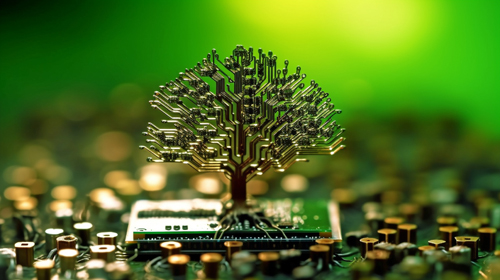There’s increased pressure for companies to address environmental sustainability of their products which impacts electronic assembly and printed circuit board manufacturing.

Climate change and recycling practices are driving sustainable PCB manufacturing. Introduction of hazardous material use standards and alternative manufacturing options are contributing to the progress achieved.
PCB manufacturing has traditionally posed some environmental concerns like:
- energy-intensive
- high emission rates
- hazardous waste disposal
Initiatives Affecting PCB Manufacturing
- Enhanced Regulations of Hazardous Materials
- Reduction of harmful waste products
- 2011, the EU introduced the Restriction of Hazardous Substances Act (RoHS), limiting use of certain highly toxic elements in PCB manufacturing.
- Lead
- Cadmium
- Mercury
- Hexavalent Chromium
Updated PCB Manufacturing Practices
Introduction of additive PCB manufacturing employs 3D printer technology to create PCBs by applying printed traces on the substrate. Instead of the traditional subtractive process which generate excess metal waste, which is removed and disposed of. 3D printer technology uses special software programs for fabrication. Precise results and low or no-waste processes will enable PCBs to be a sustainable solution for the future.
Recycling
Some raw material components used in PCBs can be salvaged and reused in other electronics. Recycling these materials limit the use of resources, and reduces the amount of landfill waste. Metals like tin and copper can be recycled.
Partner with low-waste production manufacturer like Optima to improve sustainability.